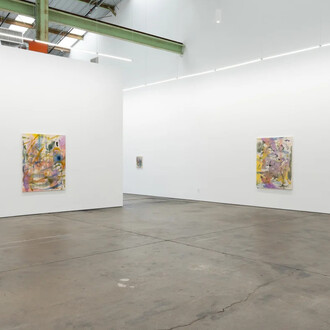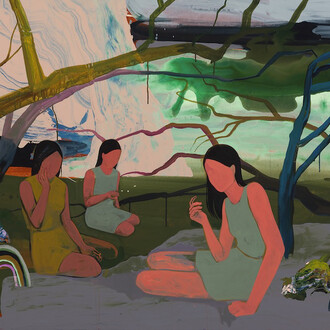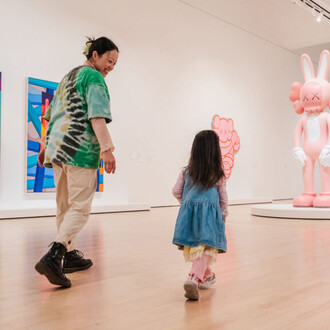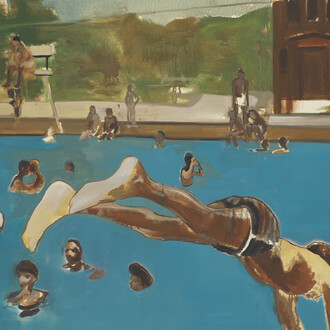Altman Siegel is delighted to present Stephen Pace’s second exhibition with the gallery. Nudes and birds focuses on two subjects that enraptured and inspired Pace throughout his long career. Pace immediately took a shine to drawing as a teenager when his mother dropped him off at a local art class in Indiana where a nude model was posing for students. Pace cheekily recalled noting: this was for him. His passion for these subjects is evident in the sensuousness and ease of which he conjures these forms. Refreshingly jocular, Pace’s confident brushwork and inventive palette communicates the pleasure he gleaned from making this work as much as the narrative elements in the compositions do.
This selection, spanning three decades from roughly 1960 - 1990, showcases the artist’s sustained fascination with and development of the female figure, and avian forms. At times just reduced to simple shapes, these pictures convey a sense of unhurried jubilee rarely found in Contemporary painting. While these languishing, sun swept, bodies melt in varying states of repose, birds are depicted in constant movement. In Cherry pickers #2 (1966), a particularly lively canvas, a cackle of black ravens contrast dramatically against a perfect cerulean sky, each with the red dot of a cherry between their beaks. Presumably a boon for any peckish creature in the heat of the mid afternoon sun, their airborne bodies happily attack the jewel-like fruit. An abundance of cherries is visible in the fields down below, signifying the fecundity of the land. An almost identical version of this painting, Cherry pickers #1, famously hung above Pace's bed in New York City.
Imbuing his humble scenes of bucolic life with vigorous brushwork and rich colors, these depictions of women in bikinis and seagulls at the pier, go beyond their physical form, suggesting freedom, spirit, and serenity. Pace first found success in the 1950s as part of the Abstract Expressionist movement and was included in major exhibitions alongside artists like Willem de Kooning and Jackson Pollock. Throughout his career he forged strong friendships with artists from Hans Hoffman and Mark Rothko to Milton Avery, and even crossed paths with Pablo Picasso and Gertrude Stein. His move to Stonington, Maine in the early 1970’s brought with it a shift to the minimal and figurative style he developed over the course of the next forty years.
















